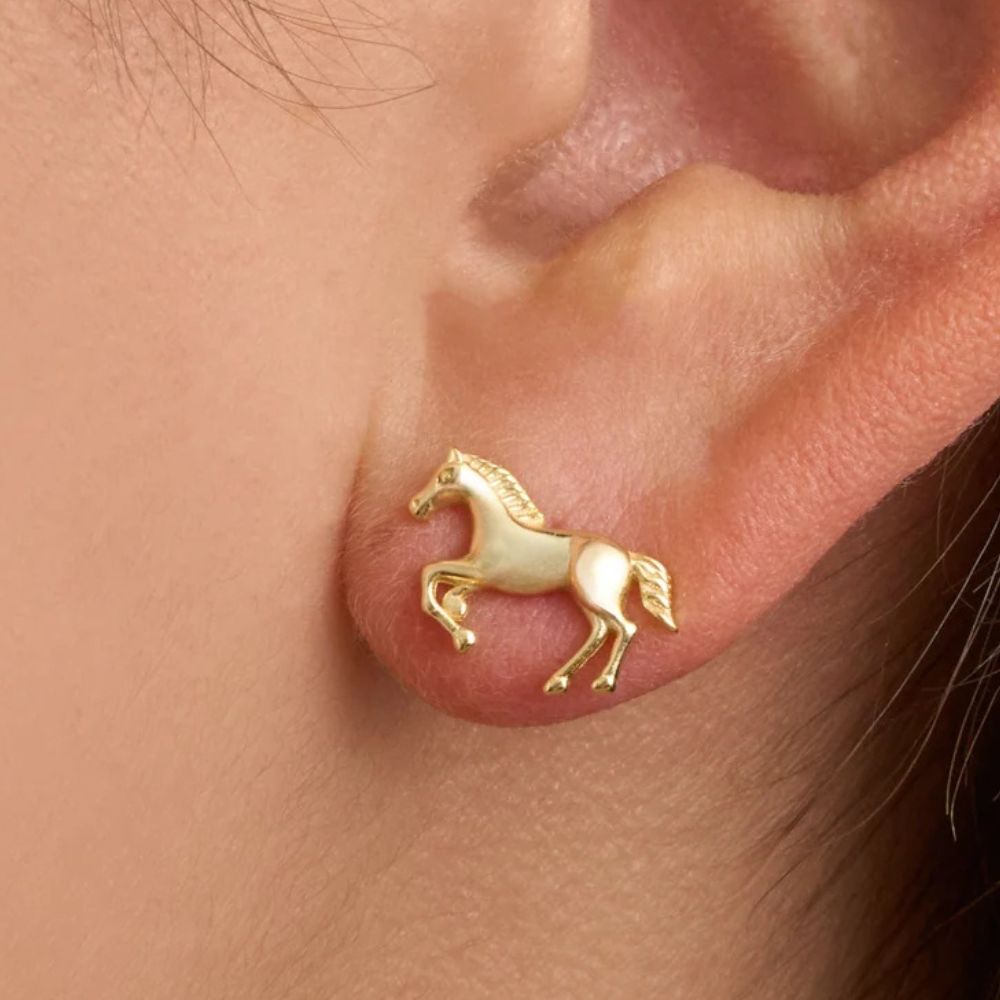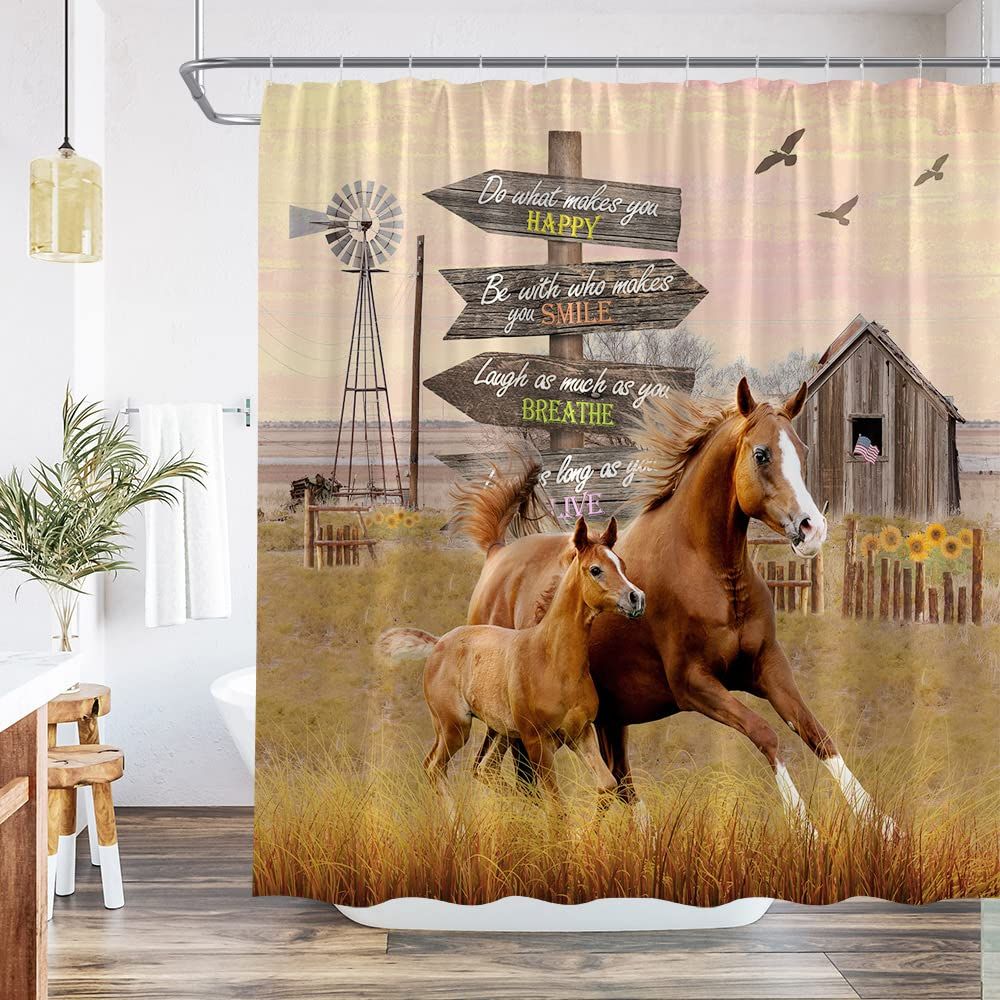
Can You Ride a Horse on the Highway? Laws & Safety Tips
Imagine the rhythmic clip-clop of hooves on pavement, the fresh wind in your hair, and the curious stares from passing cars. Riding a horse on the open road feels like stepping into a bygone era—until a truck roars by, reminding you that highways weren’t exactly designed for equine travelers. So, is it legal to ride a horse on the highway? And if so, how can you do it safely? The answer isn’t a simple yes or no—it depends on where you are, local laws, and how well you prepare. Let’s break it down.
Is It Legal to Ride a Horse on the Highway?
Generally speaking, horseback riding on highways is permitted in many rural areas, but urban roads and interstates are almost always off-limits. Laws vary by state, county, and even municipality, so checking local regulations is a must. Some places classify horses as «vehicles,» granting them the same road rights as bicycles (though horses come with their own set of challenges). Others require riders to stick to designated bridle paths or prohibit highway riding entirely unless it’s for agricultural purposes.
Key legal considerations:
- State laws: In Texas, for example, horses are explicitly allowed on most public roads unless prohibited by local ordinance. Meanwhile, California restricts horseback riding on freeways and certain high-traffic roads.
- Local ordinances: Towns may have additional restrictions, especially in suburban or high-traffic zones.
- Right-of-way rules: Horses are often considered slow-moving vehicles, meaning riders should stay to the far right side of the road—just like cyclists.
But let’s be honest: Just because it’s legal doesn’t mean it’s safe. 🚗💨
Safety Tips for Riding on the Road
If you’re venturing onto a highway or public road with your horse, safety should be your top priority. Unlike trails, roads come with fast-moving vehicles, loud noises, and unexpected hazards. Here’s how to stay safe:
1. Check Local Laws First
Before saddling up for a roadside adventure, verify the regulations in your area. Contact your local DMV, county clerk’s office, or even a nearby equestrian club for the most accurate info.
2. Choose the Right Road
Not all roads are created equal. Avoid:
- High-speed highways and interstates (almost always illegal).
- Busy urban streets with heavy traffic.
- Blind curves or poorly lit areas where drivers won’t see you in time.
Instead, opt for:
- Quiet country roads with low speed limits.
- Wide shoulders or designated equestrian pathways, if available.
3. Make Yourself (and Your Horse) Visible
Drivers may not expect a horse on the road, so high-visibility gear is a must:
- Reflective saddle pads or leg bands.
- A bright vest or helmet cover for the rider.
- LED lights if riding at dusk or dawn.
4. Train Your Horse for Traffic
Even a well-trained horse can spook at a honking horn. Desensitize your horse to vehicles by:
- Starting in low-traffic areas.
- Gradually introducing louder and faster traffic.
- Practicing emergency stops and backing up calmly.
5. Ride Defensively
Assume drivers don’t see you. Always:
- Ride in the same direction as traffic (usually the right side).
- Use hand signals to communicate turns.
- Avoid distractions—no headphones!
What If an Accident Happens?
Despite precautions, accidents can occur. If a car approaches too quickly or your horse reacts unpredictably:
- Stay calm—panicking will escalate the situation.
- Dismount if necessary, leading your horse to safety.
- Carry identification and emergency contact info in case of injury.
If a driver hits you or your horse, report the incident to authorities immediately. Some states have specific laws protecting equestrians, but liability can get complicated.
Beyond the Highway: Alternatives for Safe Riding
If road riding feels too risky, consider:
- Equestrian trails (check local parks and forests).
- Bridleways in rural communities.
- Private arenas or leased farmland for safe practice.
A Final Thought: Respect the Road, Respect the Ride
Riding a horse on the highway can be an extraordinary experience—connecting with nature while sharing space with modern life. But it’s a privilege, not a right. By understanding the laws, prioritizing safety, and being mindful of both your horse’s needs and drivers’ awareness, you can enjoy the open road without unnecessary risks.
Next time you hear hooves on pavement, remember: the best rides are the ones where everyone gets home safely. 🐴💛





















